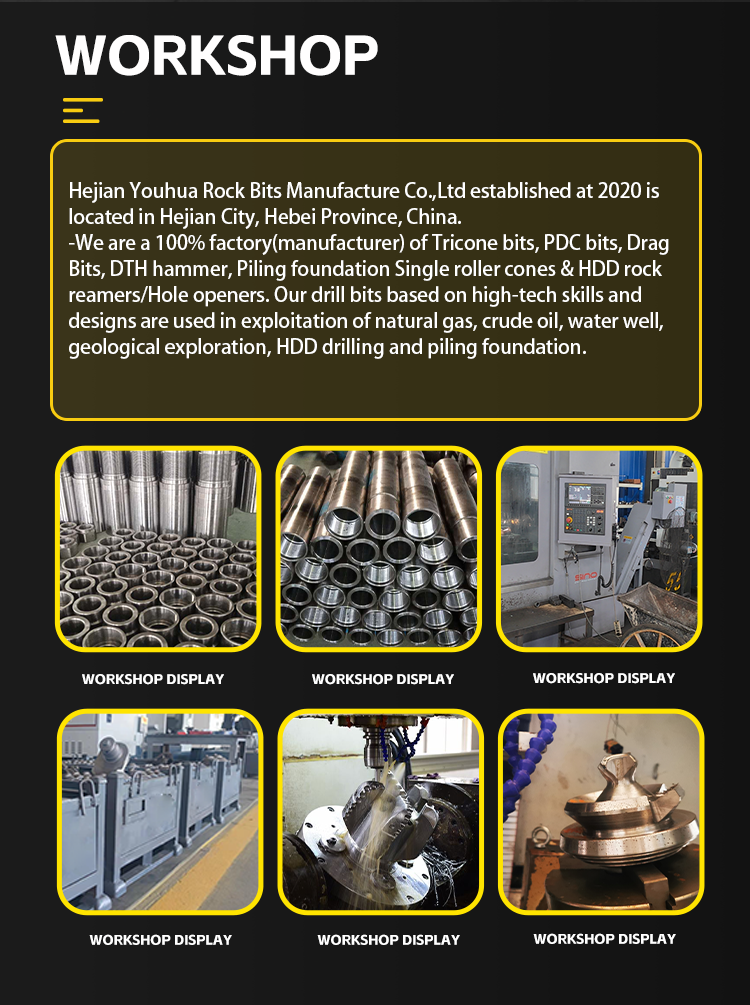The Location of Metalworking Factories in China
Metalworking factories in China are located in various regions, primarily in the eastern and southern parts of the country. These areas have a long history of metalworking and are known for their advanced technology and skilled workforce. The location of these factories is influenced by several factors, including the availability of raw materials, proximity to markets, and the cost of transportation. Additionally, government policies and incentives also play a role in determining the location of these factories. In recent years, with the upgrading of industrial structures and the transfer of manufacturing capacities, some metalworking factories have begun to relocate to western and northern China, aiming to reduce costs and expand markets.
Metalworking, an essential aspect of the manufacturing industry, has always been a significant contributor to China's economic growth and development. With the increasing demand for metal products, the country's metalworking factories have continued to expand and modernize, adopting advanced technologies and management practices to enhance their efficiency and competitiveness.
The location of these factories is crucial to their success and development. Many metalworking factories are situated in industrial zones or clusters, where they can enjoy economies of scale and access to a pool of skilled workers. These clusters are often located in regions that have a favorable business environment, including good infrastructure, access to markets, and a stable political climate.
One of the most notable clusters is the Yangtze River Delta region, which includes Shanghai, Nanjing, and Hangzhou. This region has a long history of metalworking and is home to many leading manufacturers and suppliers. The region's factories are known for their high-quality products and advanced technologies, which have earned them a reputation for excellence and reliability.
Another important cluster is the Pearl River Delta region, which includes Guangzhou, Shenzhen, and Dongguan. This region has a thriving manufacturing industry, including metalworking, and is a major hub for industrial activity in southern China. The region's factories are noted for their innovation and flexibility, as well as their ability to adapt to changing market demands.

Moreover, the Beijing-Tianjin-Hebei region, which includes Beijing, Tianjin, and Hebei Province, is also a significant cluster for metalworking factories. This region has a strong industrial base and is home to many state-owned enterprises and private manufacturers. The region's factories are known for their heavy equipment and precision components, which are used in various industries such as construction, transportation, and electronics.
In addition to these clusters, there are many other regions in China that have a significant presence of metalworking factories. For example, the Northeast region, which includes Harbin, Changchun, and Shenyang, has a long history of industrialization and is home to many manufacturing enterprises. The region's factories are known for their heavy machinery and automotive components.
Another example is the Southwest region, which includes Chongqing, Chengdu, and Kunming. This region has a diverse economy and is home to many small and medium-sized enterprises. The region's factories are known for their electrical appliances and consumer goods.

In conclusion, the location of metalworking factories in China is diverse and depends on various factors such as regional economies, industrial clusters, and market demands. These factories play a crucial role in the country's manufacturing industry and contribute to its overall economic growth and development.
Articles related to the knowledge points of this article:
Title: Ranking of Steel Ball Slide Hardware Manufacturers in China
Wuxi Regular Hardware Manufacturers’ Stocks
Title: Exploring the World of Copper and Hardware Manufacturing in Taizhous Proximity



